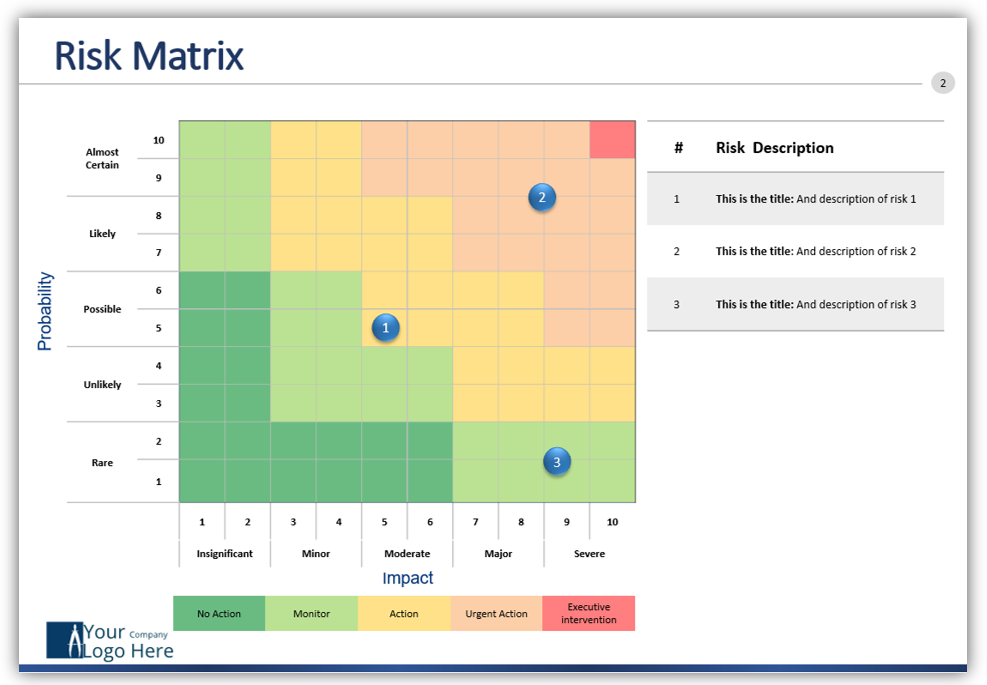
organise work to reduce exposure to the hazard (eg put barriers between pedestrians. prevent access to the hazard (eg by guarding). try a less risky option (eg switch to using a less hazardous chemical). When controlling risks, apply the principles below, if possible in the following order: If not, how can I control the risks so that harm is unlikely?. Can I get rid of the hazard altogether?. Then compare this with the good practice and see if there’s more you should be doing to bring yourself up to standard. Work this out for yourself, but the easiest way is to compare what you are doing with goodįirst, look at what you’re already doing, think about what controls you have in place and how it is organised. Requires you to do everything ‘reasonably practicable’ to protect people from harm. Having spotted the hazards, you then have to decide what to do about them. Step 3: Evaluate the risks and decide on precautions For example, ‘shelf stackers may suffer back injury from repeated lifting of boxes’. In each case, identify how they might be harmed, i.e. ask others if they can think of anyone you may have missed. members of the public, if they could be hurt by your activities. cleaners, visitors, contractors, maintenance workers etc, who may not be in the venue all the time. Extra thought will be needed for some hazards Some workers have particular requirements, e.g new and young workers, migrant workers, new or expectant mothers and people with disabilities may be at. Identifying groups of people (eg ‘people working in the storeroom’ or ‘passers-by’). That doesn’t mean listing everyone by name, but rather Step 2: Decide who might be harmed and howįor each hazard you need to be clear about who might be harmed it will help you identify Read Also: Demolition meaning – Demolition risk assessment and Safety precautions  Remember to think about long-term hazards to health (eg high levels of noise orĮxposure to harmful substances) as well as safety hazards. They can be very helpful in spelling out the hazards and putting them in their true Check manufacturers’ instructions or data sheets for chemicals and equipment as. If you are a member of a trade association, contact them. There is much information on the hazards that might affect
Remember to think about long-term hazards to health (eg high levels of noise orĮxposure to harmful substances) as well as safety hazards. They can be very helpful in spelling out the hazards and putting them in their true Check manufacturers’ instructions or data sheets for chemicals and equipment as. If you are a member of a trade association, contact them. There is much information on the hazards that might affect #RISK PROBABILITY MATRIX HOW TO#
HSE publishes practical guidance on where hazards occurĪnd how to control them. They may have noticed things that are not Ask your other people what they think.Walk around your venue and look at what could reasonably be expected to cause.Remember – The Five (5) Principles of Risk Assessment as it Applies to the Risk Assessment Matrix

This also shows how you can utilize the information in the risk assessment form to categorize risk in the risk assessment matrix. Read Also: Working at height risk assessment

Project – Roofing of a 24 Storey Buildingīased on the information above, the risk “FALL FROM HEIGHT” will occupy the first row-fifth column (Almost certain & catastrophic) in the risk assessment matrix highlighted in this article. Typical Example of How the Risk Assessment Matrix Works: Filling of the risk assessment form involves determining the risks, gathering risks data, determining the probability and the impact level of the risk, understanding the consequence, etc.īased on the information from the risk assessment form, it will be easier to place each risk in the risk assessment matrix appropriately. NOTE: Risk matrix comes after the filling up the risk assessment form. Read Also: 6 Methods of risk assessment you should know

Guide in tackling risk effectively based on the severity.Avoid allotting resources to managing risk indiscriminately.Help in prioritizing the process of risk management.It will help the management to take an informed decision since the risk assessment matrix will help increase the visibility of the risk. It assist in decision-making when determining how best to manage risk. Why Should We Use The Risk Assessment Matrix? Red – Extreme (E): Risks here are so critical and need immediate action. If the possibility of resolving it immediately is not there, strict timeline has to be set to get it resolved. Orange – High risk (H): Risks in this category calls for immediate action. It is not mostly urgent and resource intensive. Yellow – Medium (M): Risk here needs reasonable steps to be taken against it.








 0 kommentar(er)
0 kommentar(er)
